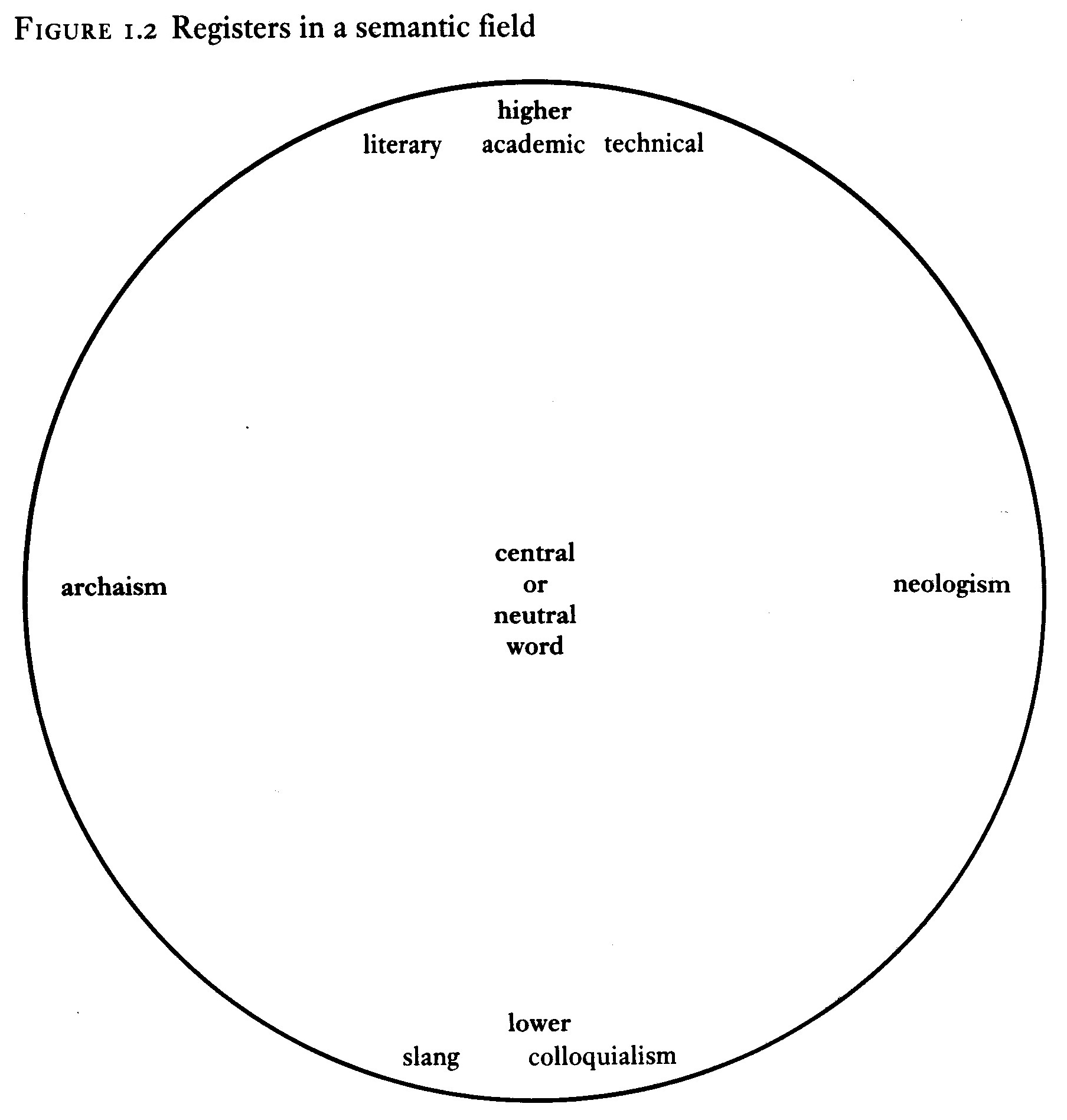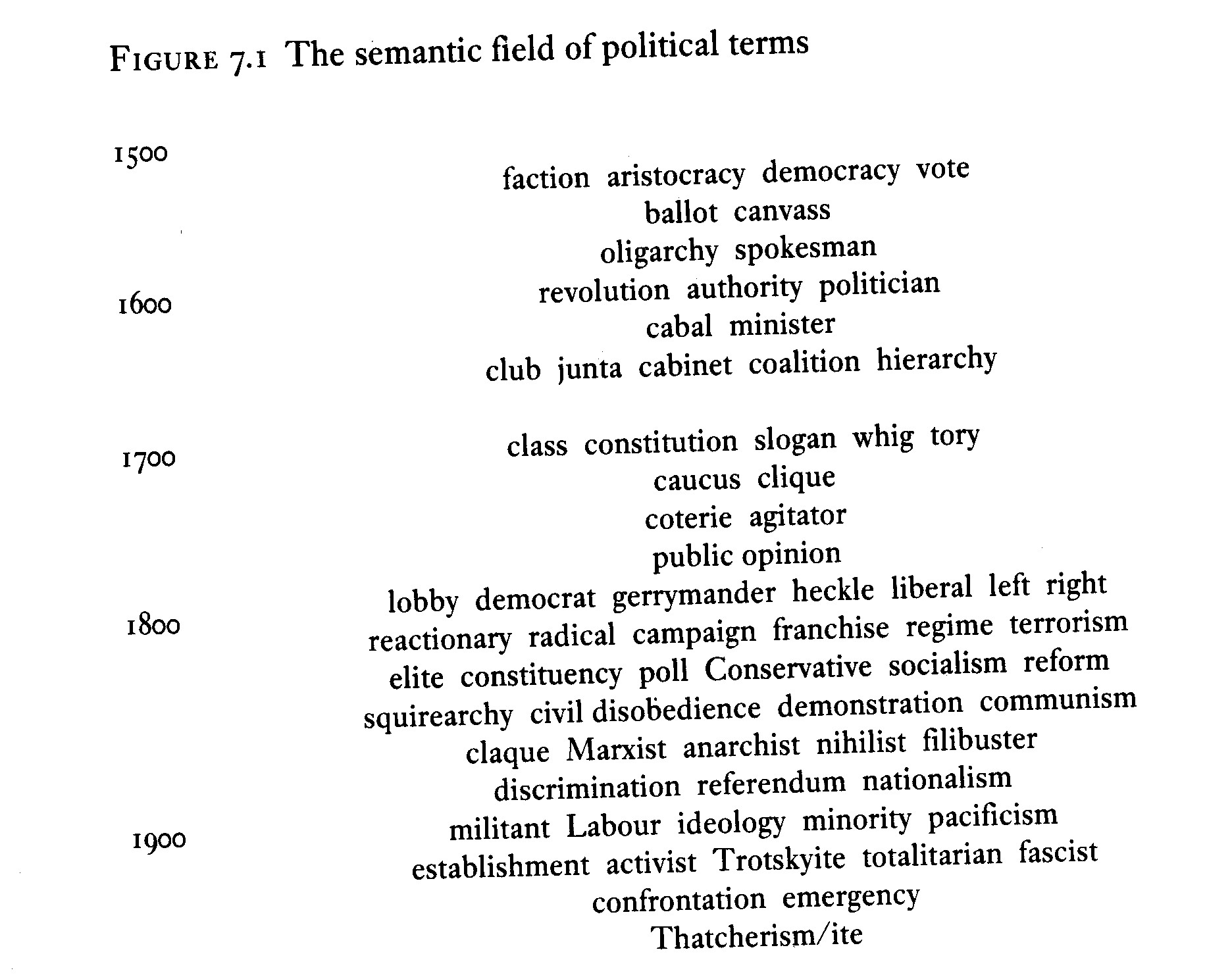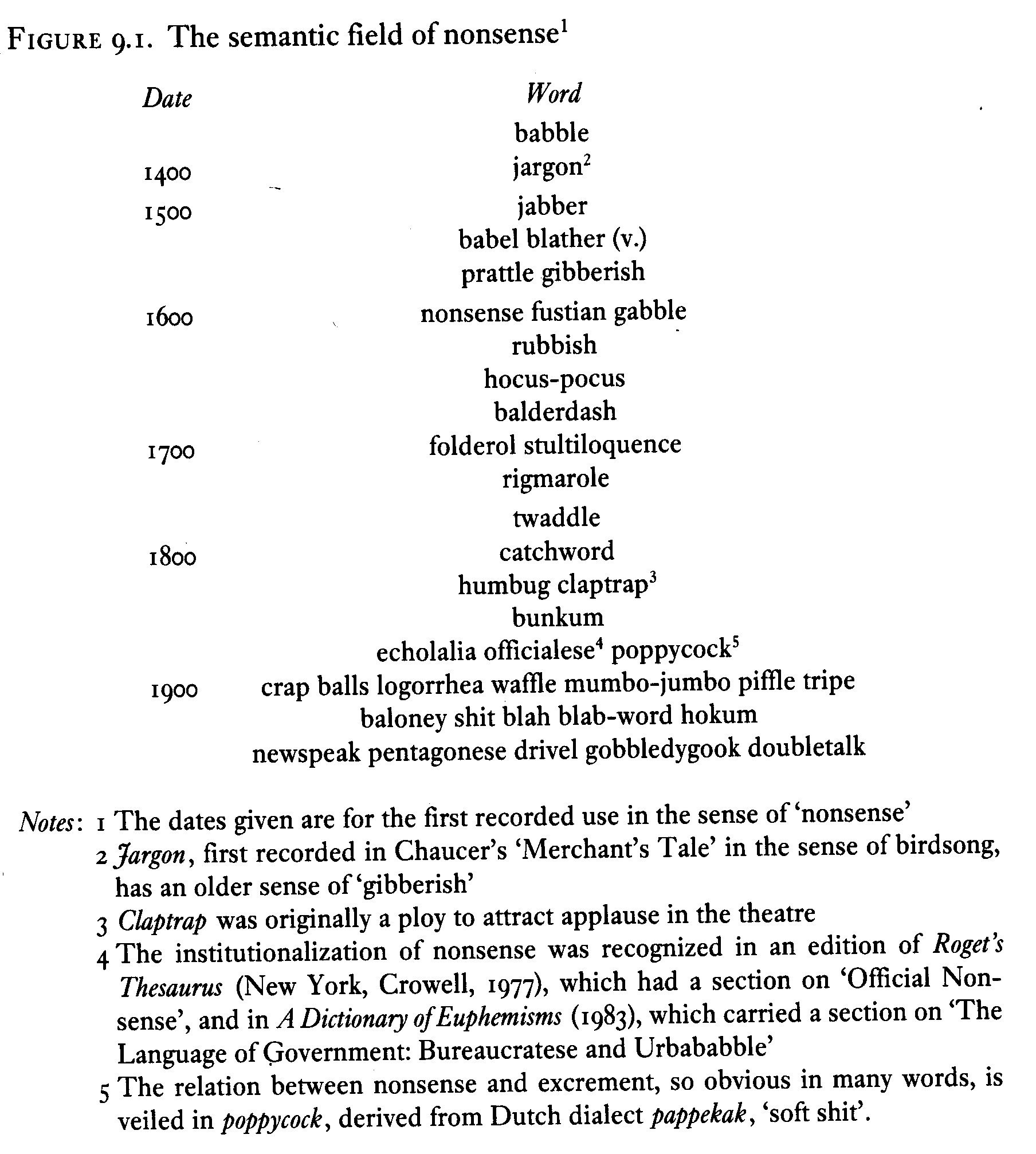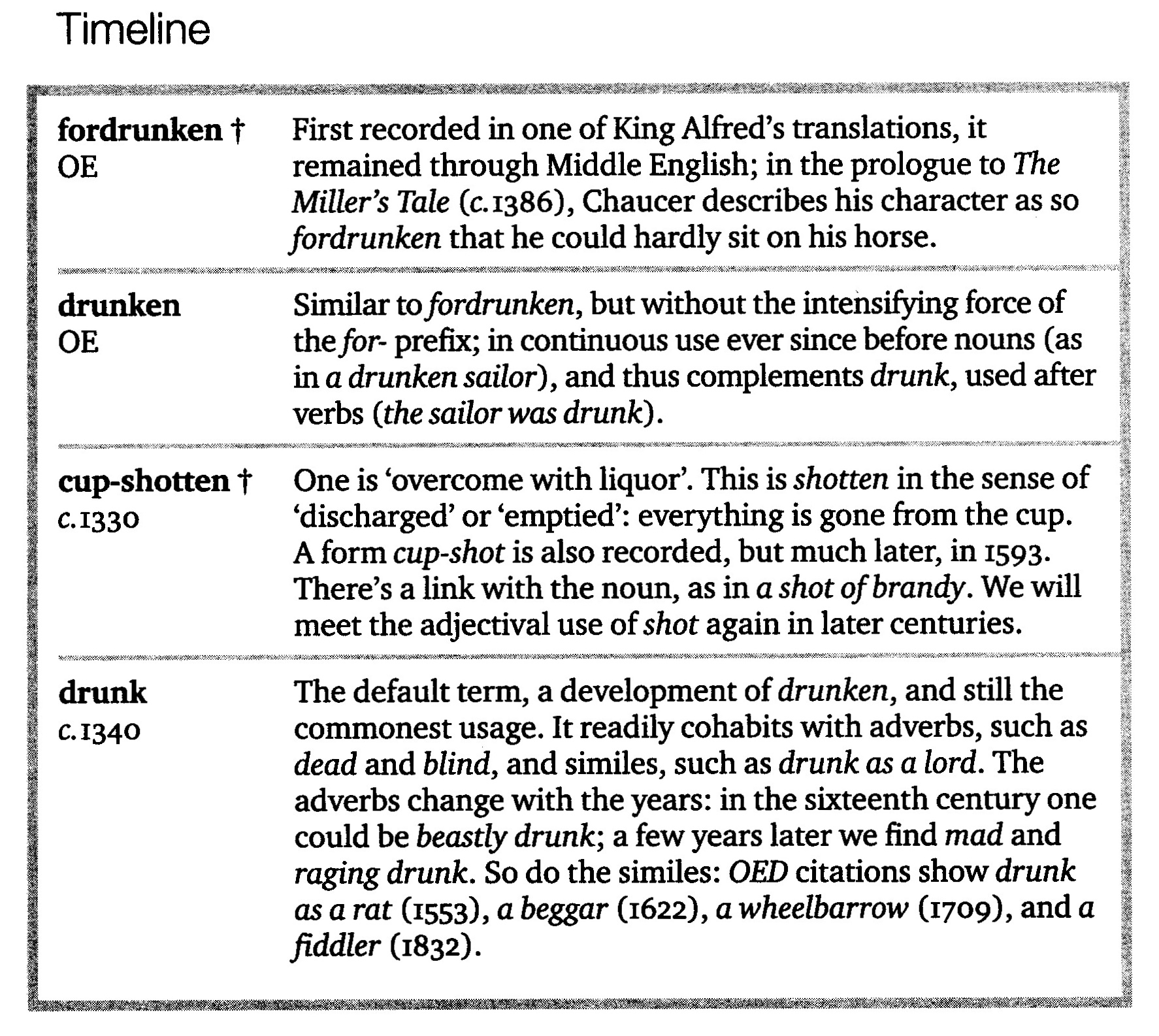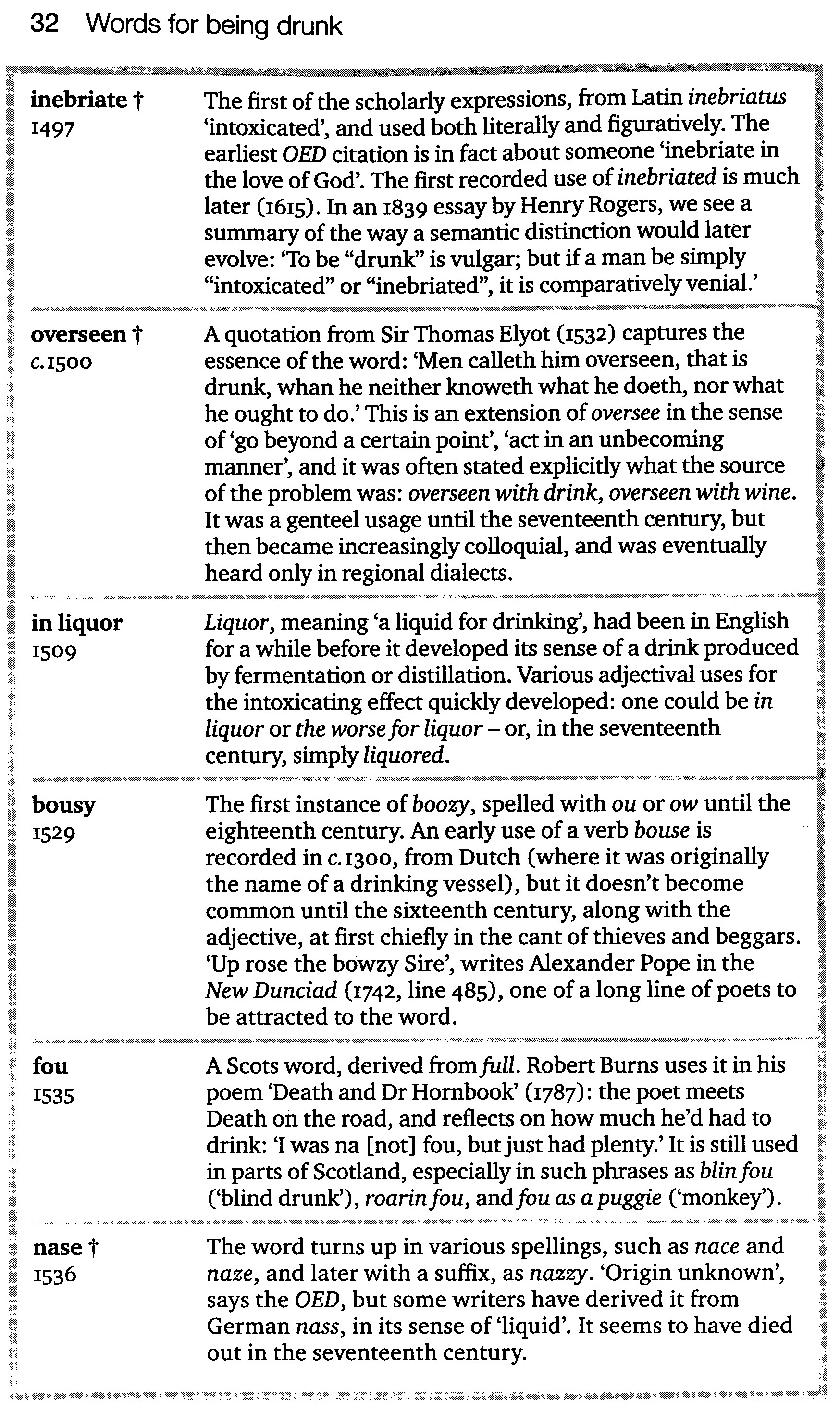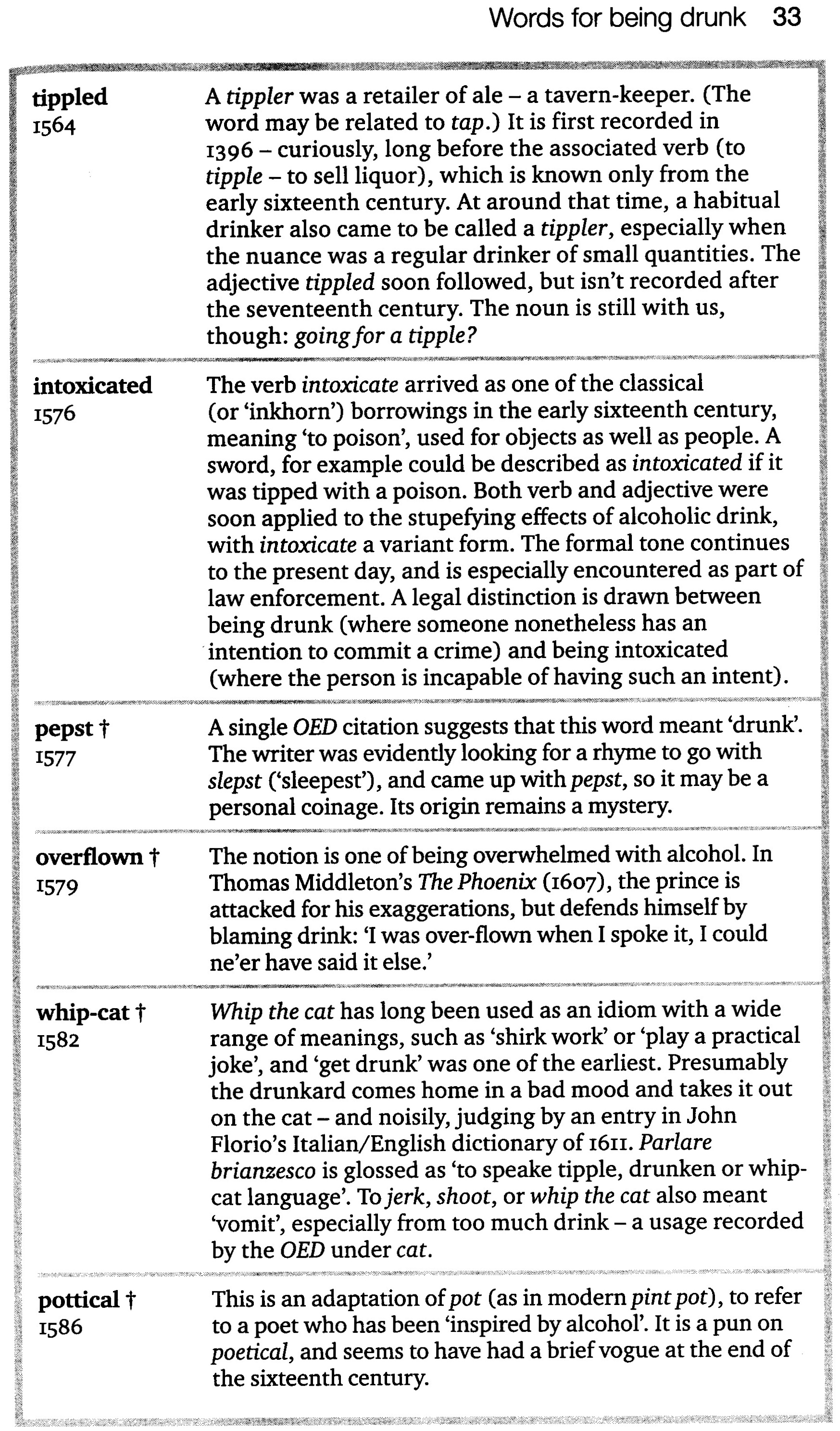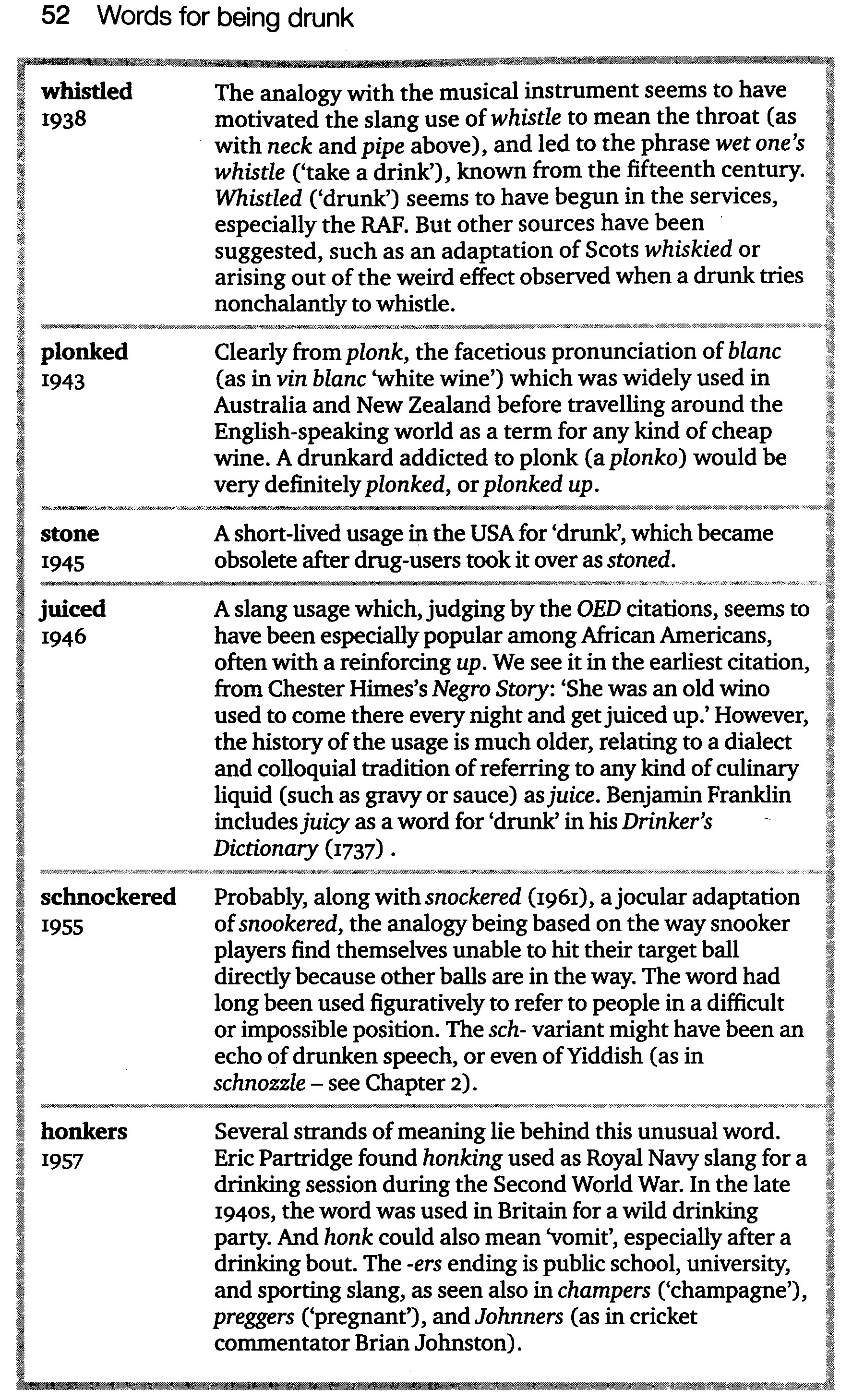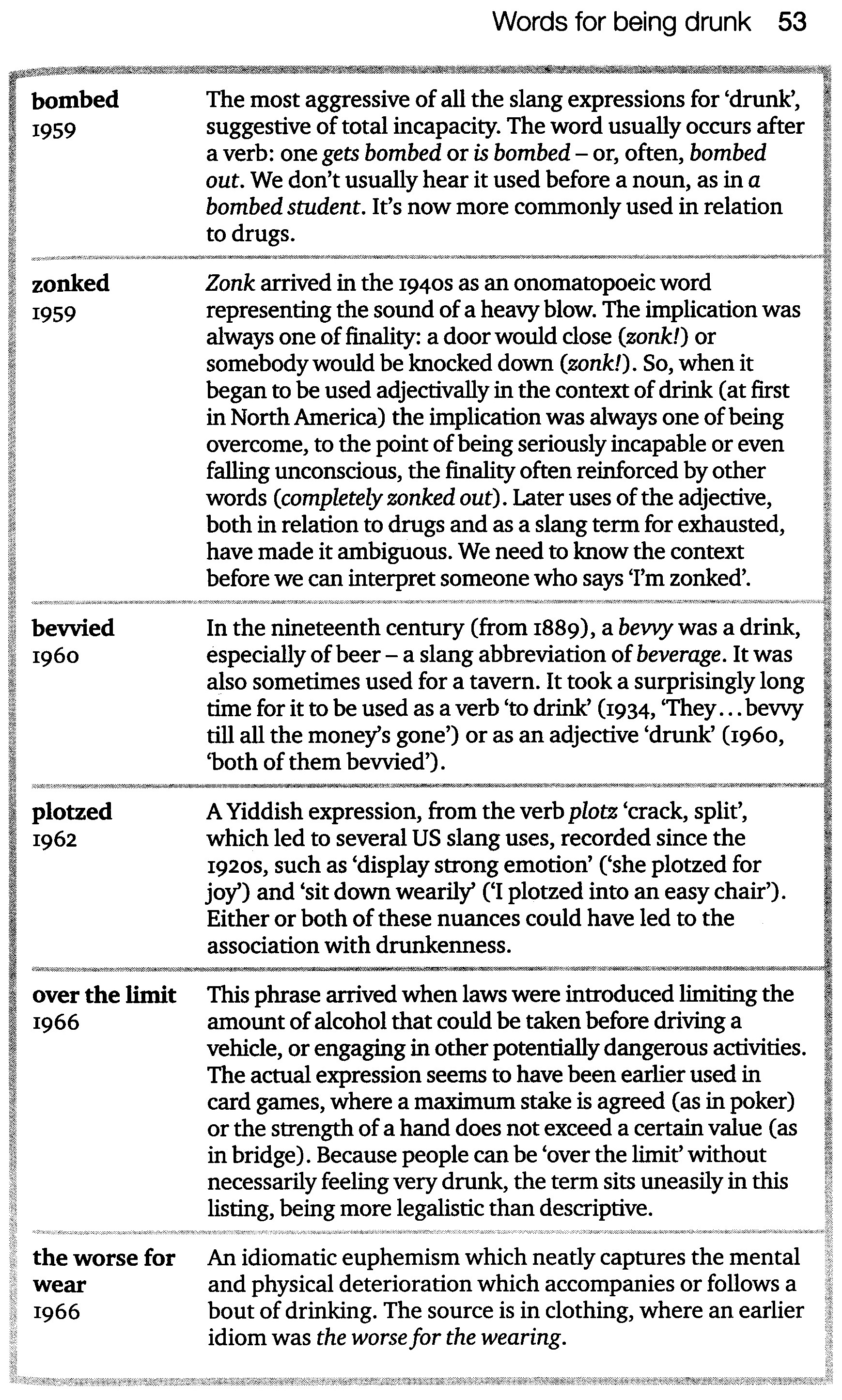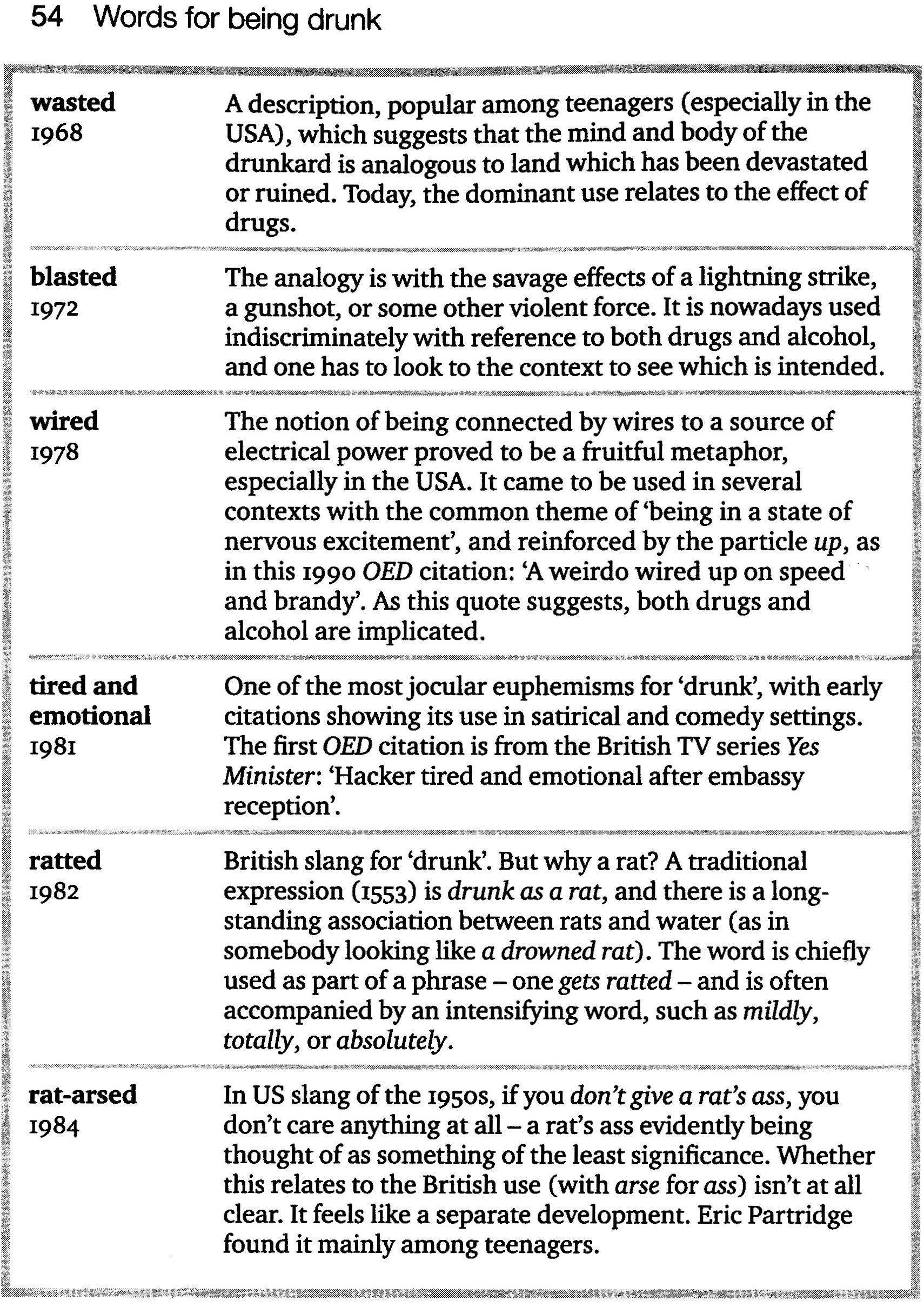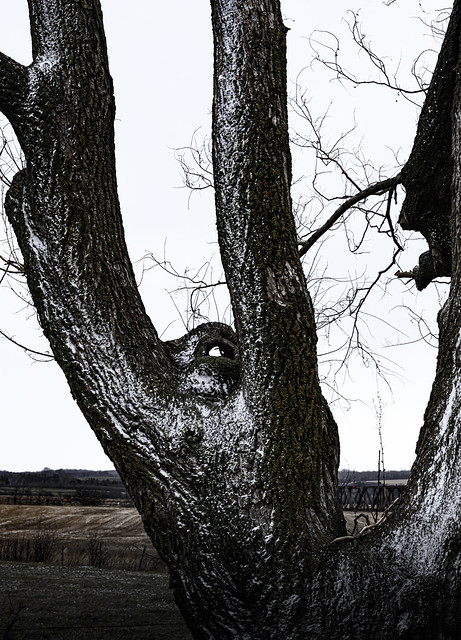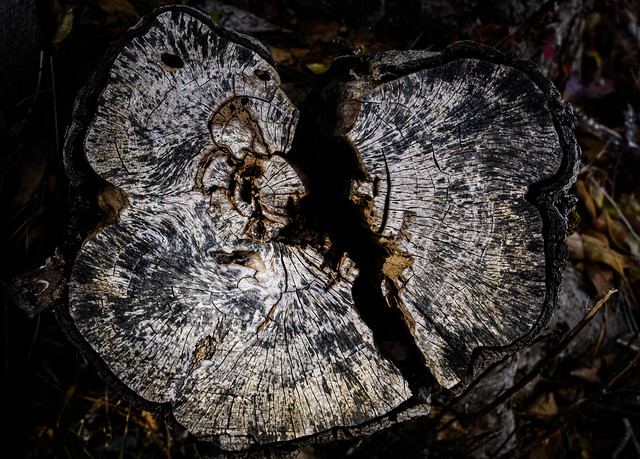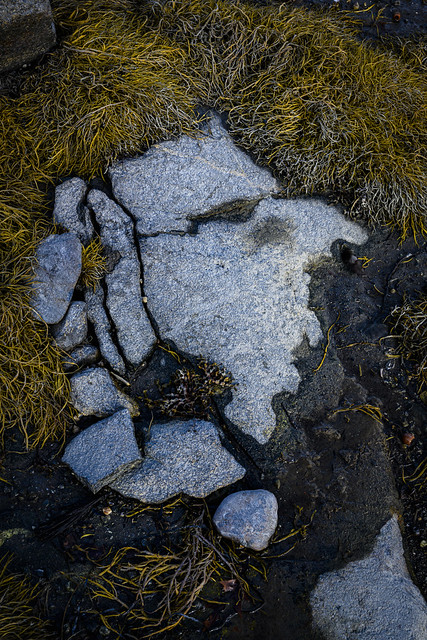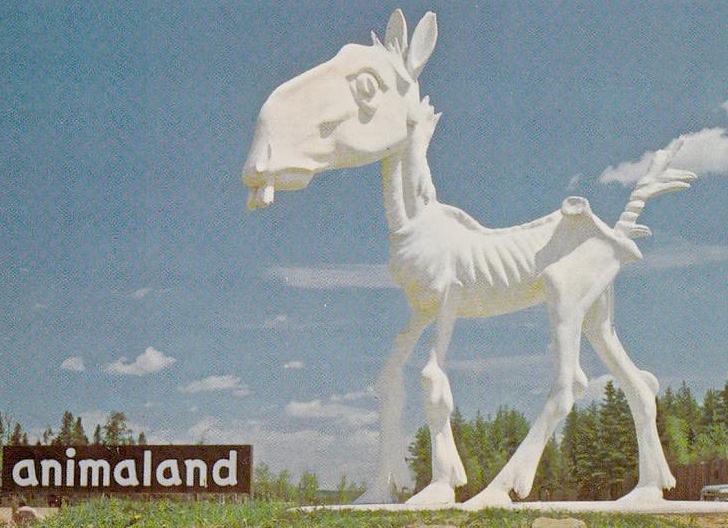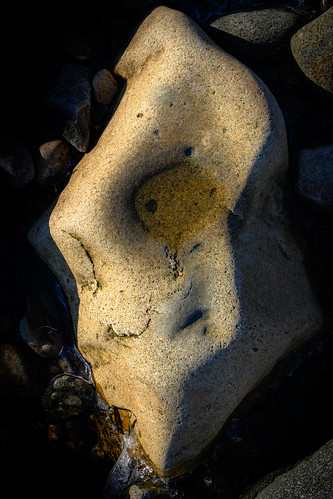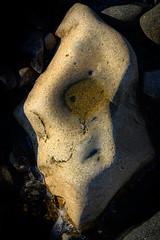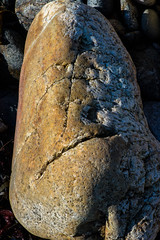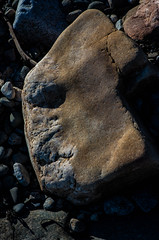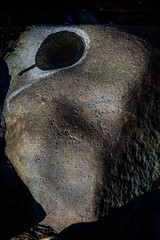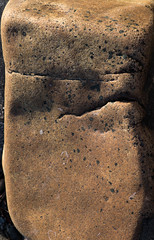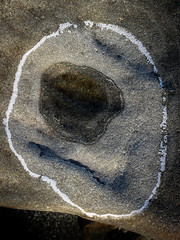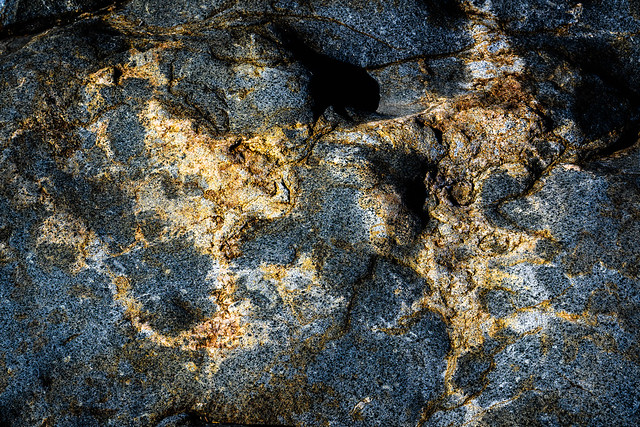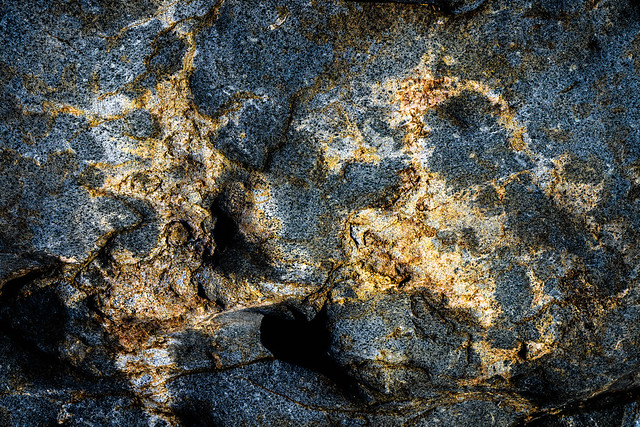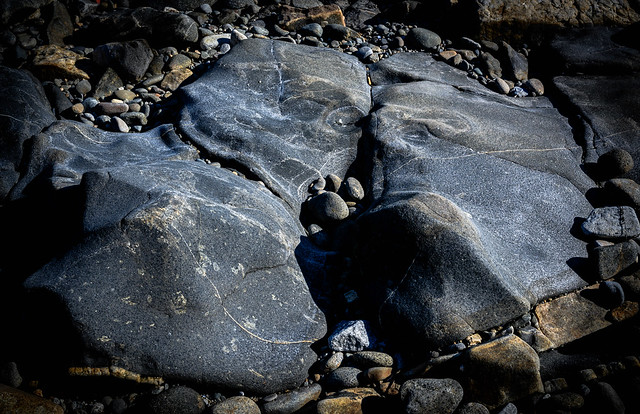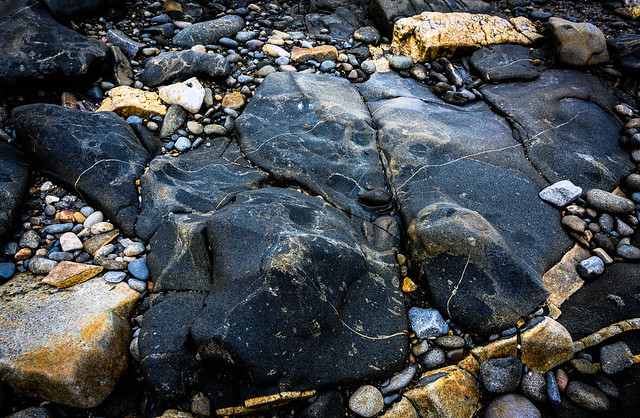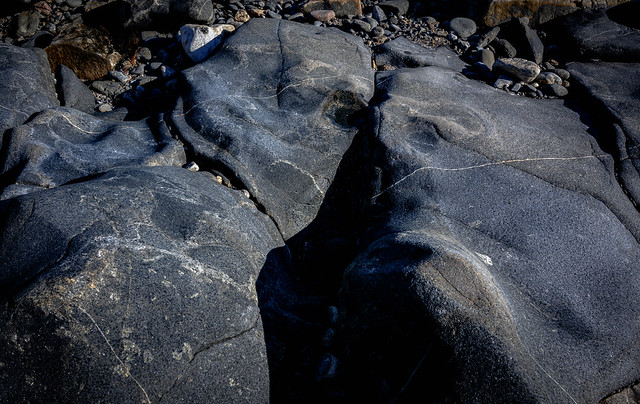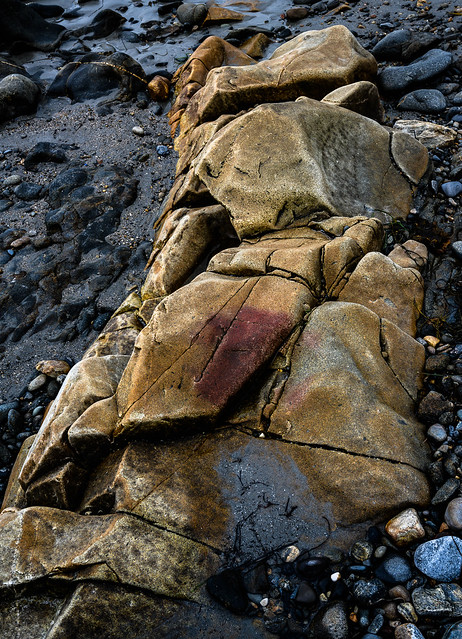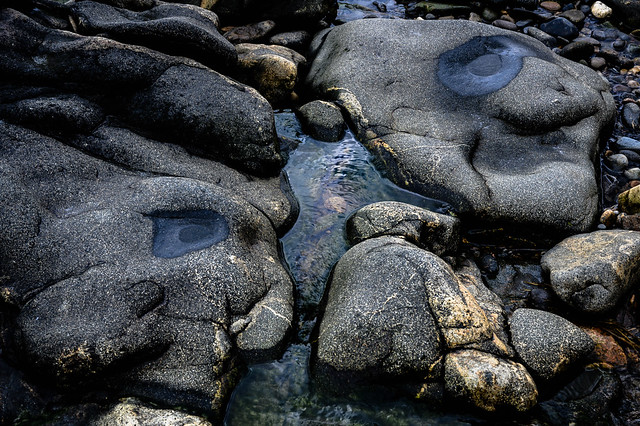Today’s “word book” is Robert K. Merton and Elinor Barber’s The Travels and Adventures of Serendipity: A study in sociological semantics and the sociology of science (2004), a true gem of a book and one of the few on my shelves that is concerned with a single word and its connections. (The F Word is another, and we’ll get there eventually).
I wish I could remember when I first encountered ‘serendipity’, but it’s been with me for a long time as a personal leitmotiv, as I’ve wandered from thing to thing, notion to notion, idea to idea over the years. There’s a succession of factoids that piles up as one explores serendipity: the term was coined by Horace Walpole, in a letter to his friend Horace Mann in 1754; it is derived from or references a folk/fairy story of Three Princes of Serendib, the narrative line of which follows their fortuitous discoveries/inferences. Serendipity has come to mean discovery of the unexpected while in search of something else.
Of course, there’s much more to the story, and Merton & Barber are superb guides. I’ll include here a few bits of detail to whet the reader’s interest.
The 1754 letter from Walpole to Mann is redolent of 18th century epistolary prose (you can almost hear the scratching of the quill pen), and of essence of Walpole’s whimsy:
…This discovery I made by a talisman, which Mr. Chute calls the sortes Walpolianae, by which I find everything I want, à point nommée [at the very moment], wherever I dip for it. This discovery, indeed, is almost of that kind which I call Serendipity, a very expressive word, which, as I have nothing better to tell you, I shall endeavor to explain to you; you will understand it better by the derivation than by the definition. I once read a silly fairy tale, called the three Princes of Serendip: as their highnesses travelled, they were always making discoveries, by accidents and sagacity, of things which they were not in quest of: for instance, one of them discovered that a mule blind of the right eye had traveled the same road lately, because the grass was eaten only on the left side, where it was worse than on the right—now do you understand Serendipity? One of the most remarkable instances of this accidental sagacity (for you must observe that no discovery of a thing you are looking for comes under this description) was of my lord Shaftsbury, who happening to dine at Lord Chancellor Clarendon’s, found out the marriage of the Duke of York and Mrs. Hyde, by the respect with which her mother treated her at table.
It’s basic dictionary knowledge that ‘Serendip’ refers to Sri Lanka/Ceylon. But, says the etymologically curious, why Serendip/b? There’s a whole section of Merton & Barber that traces the history of dictionary definitions of ‘serendipity’ and includes this from the Century Dictionary and Cyclopedia (1909 supplement&mdashthe first dictionary definition of ‘serendipity’):
…the name of Serendib figures in Eastern romance. The name is from Ar. Serendib, Sarandib also Sarandip (LL: Serendivi, pl., as the name of the people), MGr. Skt. Sinhala-dvipa, the island of Ceylon… The Skt. Simhala is in Pali Sihalan, whence Silan, Old Tamil Ilan, whence the Malay Sailan, European Seilan, Zeilon, Ceylon… The happy faculty or luck, of finding by “accidental sagacity” interesting items of information or unexpected proofs of one’s theories; discovery of thing unsought: a factitious word humorously invented by Horace Walpole…
Clearly more than one wanted to know, and yet full of delicious nubbins. ‘Factitious’, say Merton & Barber “is well on its way to becoming a pejorative word, growing out of its meaning of ‘artificial’ and ‘unnatural’…” Elsewhere, Merton & Barber note that
In the early years of the twentieth century, a shop was opened in London to cater to those very bibliophiles who wanted “out-of-the-way books,” books by not-so-well-known authors at rather moderate prices. The first mention we have found of it comes, not surprisingly perhaps, in the form of a query in Notes and Queries… in 1903, one John Hebb writes: “A shop has recently opened at No. 118 Westbourne Grove, with the extraordinary name of ‘Serendipity Shop.” What is the meaning of ‘Serendipity’? I may add that the shop appears to be intended for the sale of rare books, pictures, and what Mrs. Malaprop (was it Mrs. Malaprop?) calls ‘articles of bigotry and virtue.’
Among the hares started by this nubbin is the pointer to Notes and Queries,
…a long-running quarterly scholarly journal that publishes short articles related to ‘English language and literature, lexicography, history, and scholarly antiquarianism’. Its emphasis is on ‘the factual rather than the speculative’. The journal has a long history, having been established in 1849 in London; it is now published by Oxford University Press. The journal was originally subtitled ‘a medium of inter-communication for literary men, artists, antiquaries, genealogists, etc’. It is now subtitled ‘For readers and writers, collectors and librarians’. Its motto was once ‘When found, make a note of’, the catchphrase of Capt. Cuttle, a character in Dickens’ Dombey and Son…
Wikisource has a portal to archive.org’s 1849-1922 holdings, to be explored on Rainy Days…
So many other facets of Merton & Barber draw one’s attention. Merton wrote On the Shoulders of Giants: A Shandean Postscript in 1965 (a thrice-marvelous analysis of the reach of that titular phrase ascribed to Isaac Newton but at least as old as Diego de Estella [Latin: Didacus Stella], a 16th-century Spanish Franciscan mystic and theologian), known as ‘OTSOG’ in some circles: “part parody, part history of ideas, and part sociology of science” as the back-cover blurb has it). In a footnote in that book he mentions The Travels and Adventures of Serendipity as “a carefully unpublished” manuscript. The Introduction tantalizes us thus:
Sometime in or before 1945, while looking for the definition of some now-forgotten word in volume 9 of The Oxford English Dictionary, Merton’s eye “happened upon the strange looking but euphonious word ‘serendipity.’ Just as Walpole wrote of his habit of playing a sortes Walpolianae, a random flip of the page led Merton to serendipity. It was, when Merton originally stumbled upon it, a strange beast pacing restlessly within the confines of a few learned vocabularies. Had he not chosen to spend a significant portion of his third-year graduate student stipend on the then twelve massive volumes of the OED, he might not have ever stumbled on the word. Had he heeded the call of whatever his pledged mission was that day—learning about sequestration or seraphim or sepulcher—this sociological tale of the wanderings of serendipity would have been stalled, ensnared in the maze of the dictionary, imprisoned from further adventures until some other wandering eye might find it and send it on its way.
As Merton himself notes in the Preface, the book was written in the 1950s, but first appeared in print only in 2002, in Italian. The Princeton University Press version in English appeared in 2004, with a magnificent Afterword by Merton (“Autobiographic reflections on The Travels and Adventures of Serendipity”). Merton died in 2003, and Barber in 1999.
